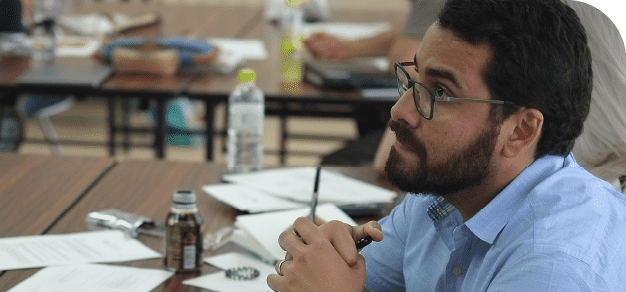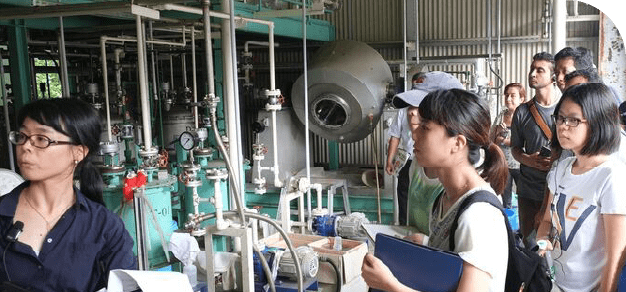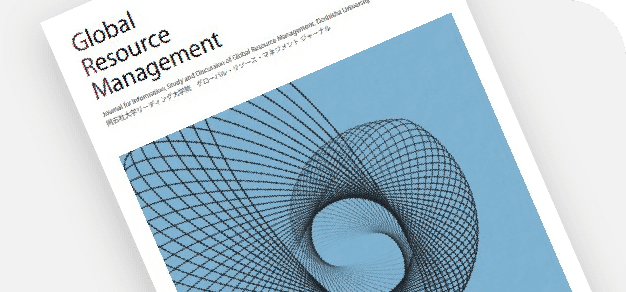GRM Students’ Reports
GRM InternshipⅡ(Nissin lon Equipment Co., Ltd.)
Graduate School of Science and Engineering Arnold Rey B. Gines
2018/12/05
Period:2 Arpril, 2018 - 11 July, 2018
Destination: Japan, Kyoto city, Nissin lon Equipment Co., Ltd
The internship was designed to gain an insight and experience of the standards and processes of an industry that manufactures technologies on ion beam and plasma technologies. Under the New Business Promotion Department of Nissin Ion Equipment Co., Ltd. (NIC) the internship activities can be summarized into three general parts, namely, lectures and trainings on the company's general guidelines, research and development Studies on ion source for ion implantation system, and research and development studies on atmospherics plasmas.
The trainings and lectures involve company policies on office documentation, IT security and data management, work safety and a detailed lecture and practical exam on SEAJ (Semiconductor Equipment Association of Japan) Recommended Safety Training. As safety is the primary concern in all r&d activities, these activities were necessary to ensure that proper actions are carried out especially when performing tasks that involve big machineries and tools as well as potentially hazardous gases and materials.
As NIC develops systems for ion implantation of semiconductors, etc., new ion sources are being developed to enhance production and cater to client's desired specifications. In the current developmental study, uniformity of the ion source is being studied. Working parameters are assessed and modifications on the ion source’s design and configurations carried out.
For atmospheric plasma, spectra analysis of the produced plasma was performed and simulation studies were carried out. The systems being studied involve dielectric barrier discharges and capacitively-coupled plasmas in a slit and pen configuration utilizing RF power source and different gases such as argon, oxygen and nitrogen. A simulation study was done for the capacitively coupled configuration for the different gases using COMSOL Multiphysics. In addition to the simulation studies, database and journal searches for relevant data needed for the simulation was also conducted. The model was used to predict densities and distribution of the plasma components and plasma impedance. The goal involves identification of possible application of the technology for commercial use.
Internship





